Common Clove Tree Diseases: Learn How To Treat A Sick Clove Tree
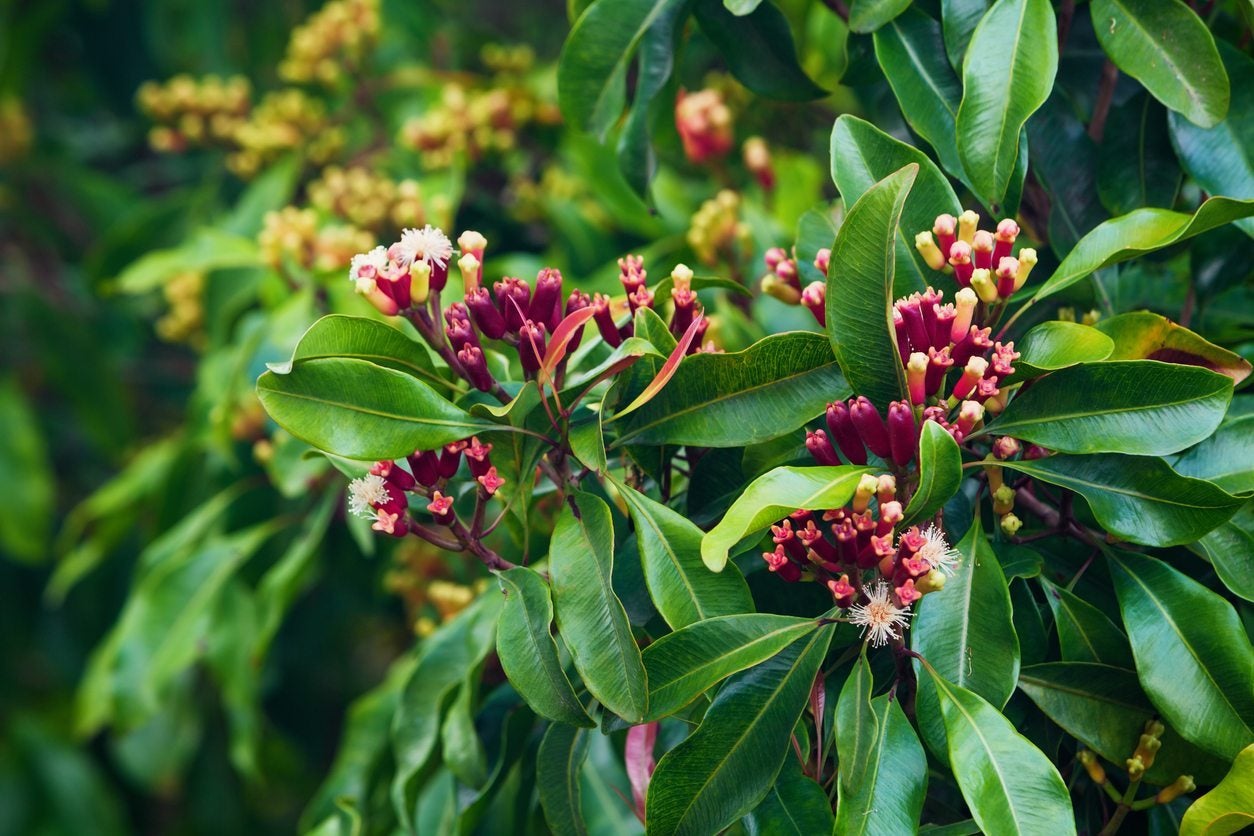

Clove trees are drought-tolerant, warm climate trees with evergreen leaves and attractive, white blooms. The dried buds of the flowers are used to create the fragrant cloves traditionally used to spice up a number of dishes. Although they are generally hardy and easy to grow, clove trees are susceptible to several clove tree diseases. Read on for more information about diseases of clove trees and tips on how to treat a sick clove tree.
Clove Tree Diseases
Below are the most prevalent diseases that affect clove trees. Sudden Death – Sudden death disease of clove trees is a major fungal disease that affects the absorbing roots of mature clove trees. Seedlings are immune to the disease and young trees are highly resistant. The only warning of sudden death disease is chlorosis, which refers to yellowing of the leaves due to lack of chlorophyll. Death of the tree, caused when the roots are unable to absorb water, may occur in a few days or may take several months. There is no easy cure for sudden death disease, which is spread by waterborne spores, but clove trees affected are sometimes injected with repeated injections of tetracycline hydrochloride. Slow Decline – Slow decline disease is a type of root rot that kills clove trees over a period of several years. Experts believe it is associated with sudden death disease, but affects only saplings, often in areas that have been replanted after clove trees have succumbed to sudden death. Sumatra – Sumatra disease is a bacterial disease that generally leads to death of clove trees within three years. It causes yellowing leaves that may wilt or drop from the tree. Grayish brown streaks may appear on new wood of diseased clove trees. Experts believe Sumatra disease is transmitted by Hindola fulva and Hindola striata – two types of sucking insects. There is currently no cure, but pesticides control the insects and slow the spread of the disease. Dieback – Dieback is a fungal disease that enters the tree through a wound that occurs on a branch and then moves down the tree until it reaches the junction of the branch. All growth above the junction dies. Dieback often occurs after the tree is injured by tools or machinery or by improper pruning. Branches of diseased clove trees should be removed and burned, followed by treatment of the cut areas with a paste-type fungicide.
Preventing Clove Tree Diseases
Although this tropical tree requires regular irrigation during the first three or four years, it’s critical to avoid overwatering to prevent fungal diseases and rot. On the other hand, never allow the soil to become bone dry. Rich, well-drained soil is a must as well. Clove trees aren’t suitable for climates with dry air or where temperatures drop below 50 degrees F. (10 C.).
Gardening tips, videos, info and more delivered right to your inbox!
Sign up for the Gardening Know How newsletter today and receive a free copy of our e-book "How to Grow Delicious Tomatoes".

A Credentialed Garden Writer, Mary H. Dyer was with Gardening Know How in the very beginning, publishing articles as early as 2007.
-
 Get Ready For A Summer Of Hummers! Grow These Full Sun Hummingbird Plants and Flowers
Get Ready For A Summer Of Hummers! Grow These Full Sun Hummingbird Plants and FlowersIf you’re lucky enough to enjoy a sunny backyard, make sure you are maxing out on your pollinator opportunities and grow these full sun hummingbird plants and flowers
By Tonya Barnett
-
 12 Lush Alternatives To A Lawn For Sustainable Spaces
12 Lush Alternatives To A Lawn For Sustainable SpacesAlternatives to a lawn are beautiful and also beneficial to your local ecosystem and its pollinators. Explore our top picks for plants to replace grass.
By Tonya Barnett
-
Clove Tree Sumatra Info: Recognizing Sumatra Disease Of Cloves
Sumatra disease is a serious problem that affects clove trees, particularly in Indonesia. It causes leaf and twig dieback and will, eventually, kill the tree. Learn more about clove tree sumatra disease symptoms and how to manage and treat cloves with sumatra disease here.
By Liz Baessler
-
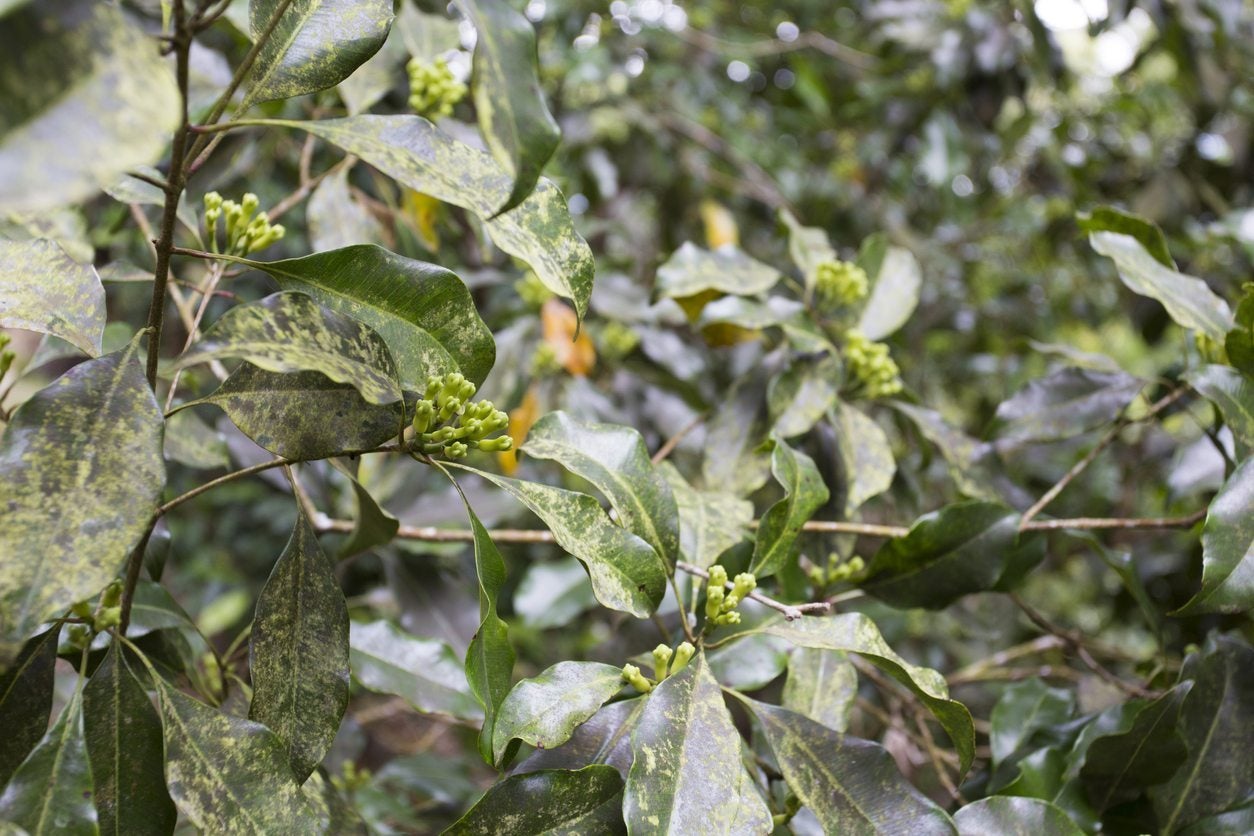 Common Clove Tree Issues – Managing Problems With Clove Trees
Common Clove Tree Issues – Managing Problems With Clove TreesDid you ever poke cloves into a baked ham for the holidays and wonder where they come from? They are unopened flower buds that grow on a clove tree. Before you plant a clove tree, you should learn a little about clove tree problems. This article will help with that.
By Teo Spengler
-
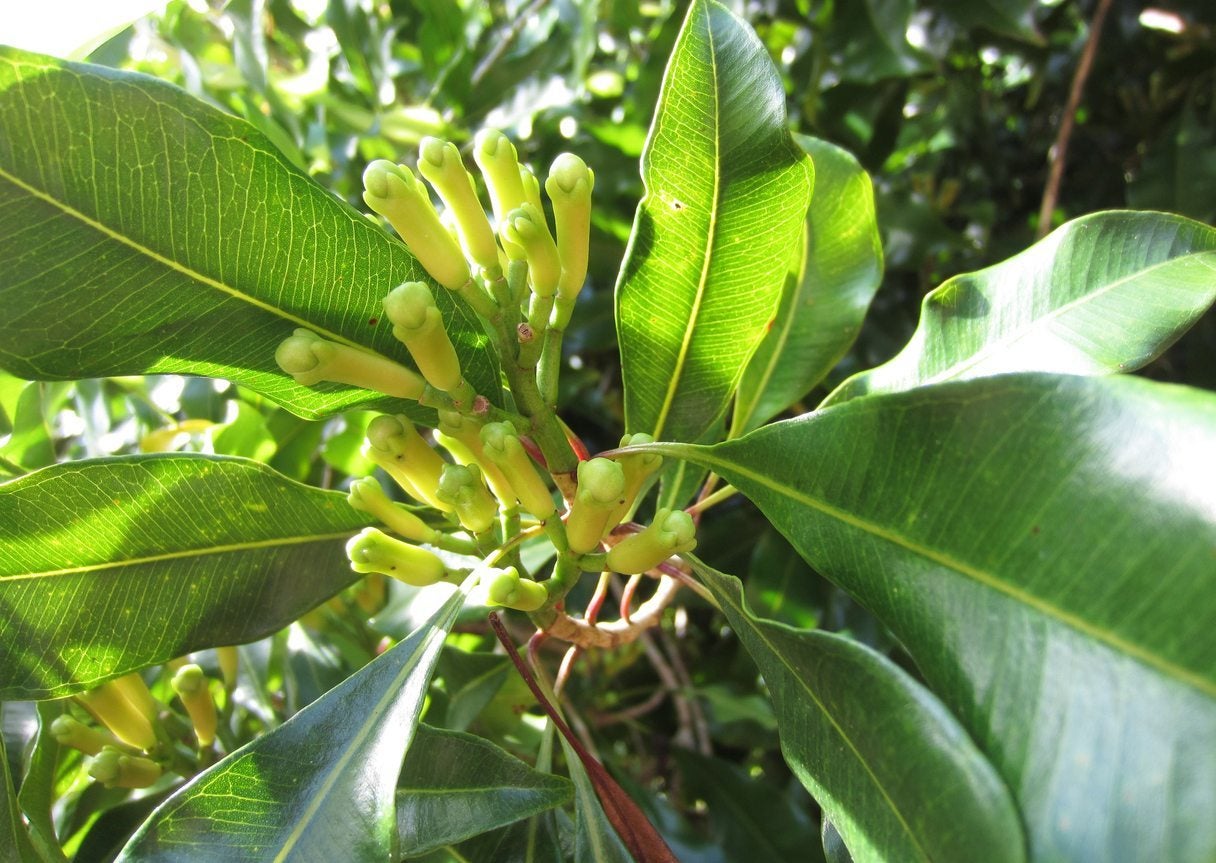 Can You Grow Cloves In Containers – How To Grow A Clove Tree In A Pot
Can You Grow Cloves In Containers – How To Grow A Clove Tree In A PotIt's tempting to want a clove tree of your very own, but their extreme sensitivity to cold makes them impossible for most gardeners to grow outdoors. Can you grow cloves in containers? Learn more about caring for container grown clove trees in this article.
By Liz Baessler
-
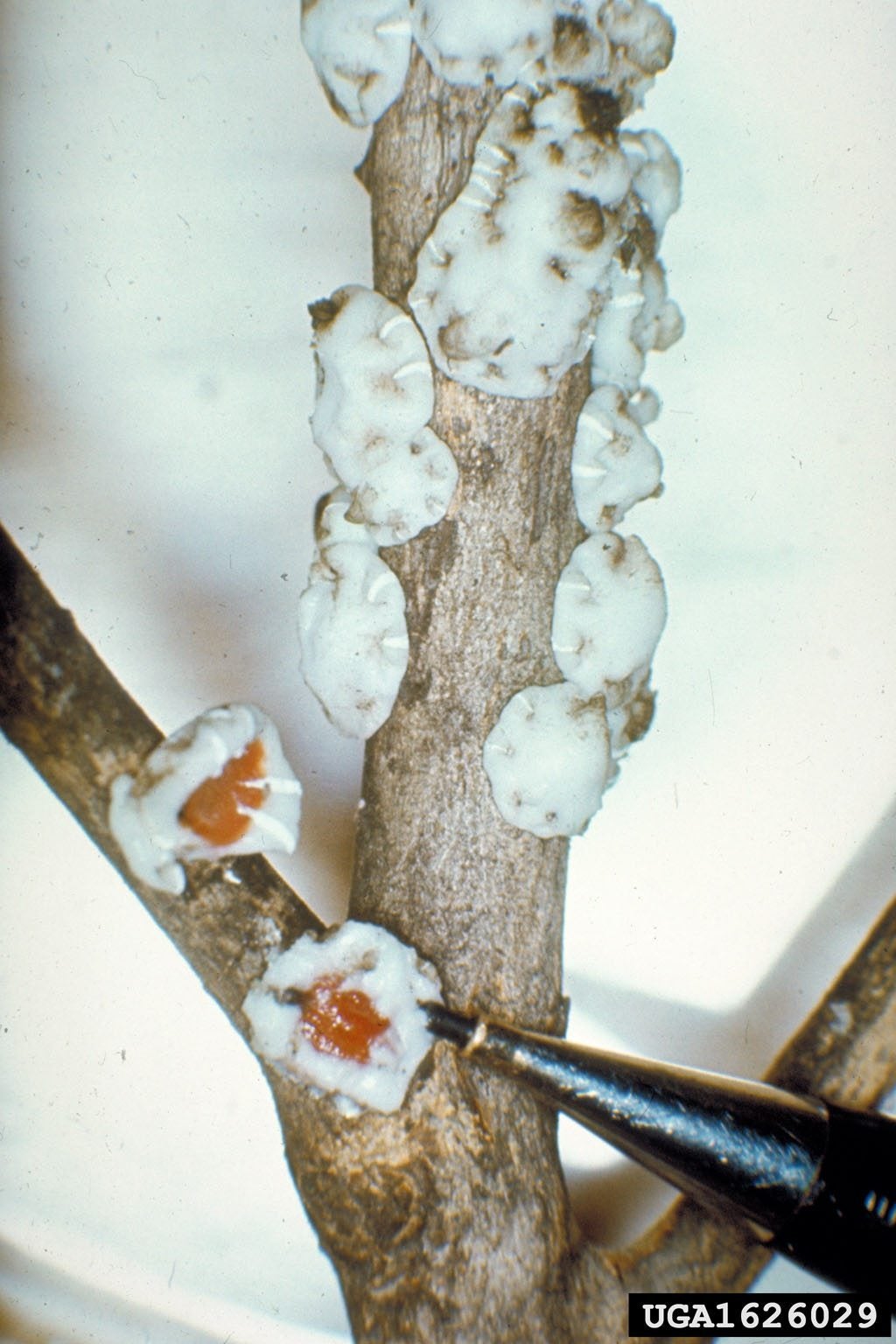 Clove Tree Pests: Controlling Pests On A Clove Tree
Clove Tree Pests: Controlling Pests On A Clove TreeClove trees (Syzygium aromaticum) are evergreens grown for their aromatic flowers. The clove itself is the unopened flower bud. A number of clove tree pests attack the plant. For more information about pests of clove trees, click this article.
By Teo Spengler
-
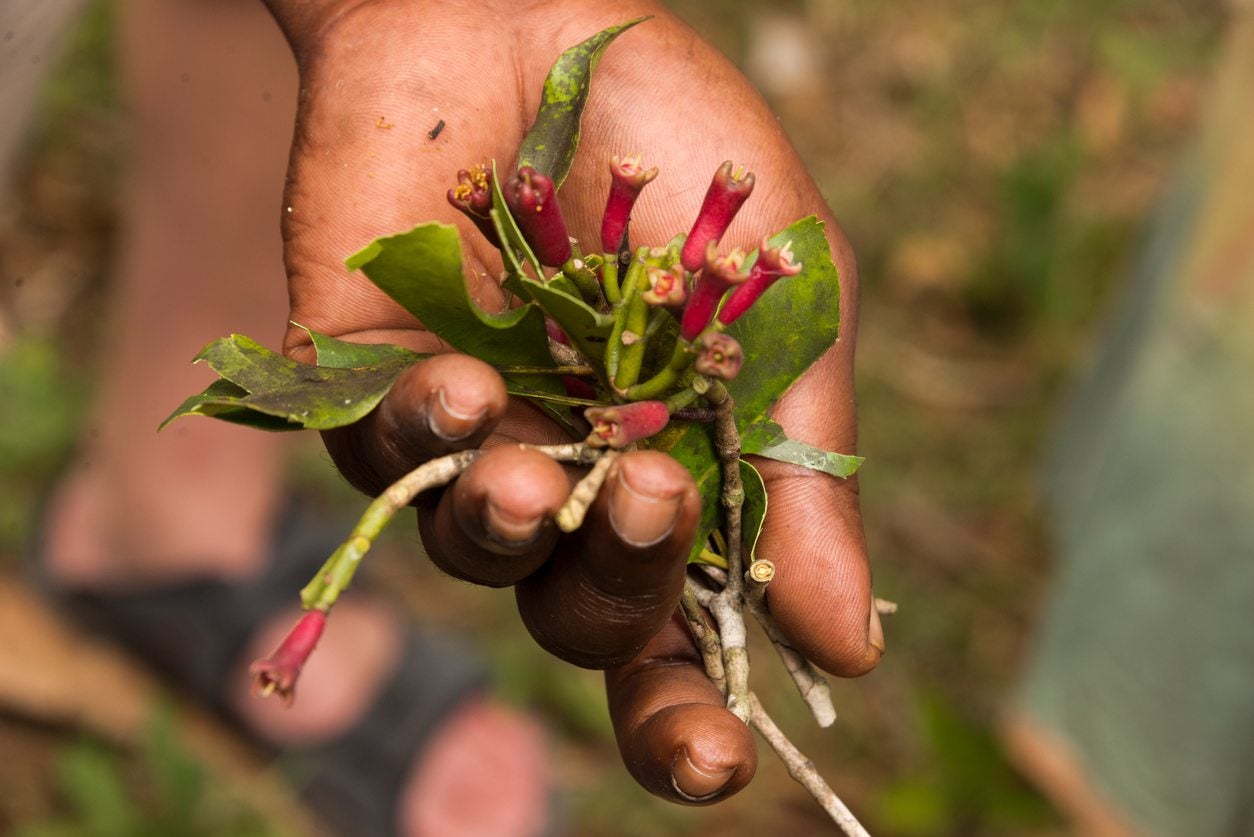 Clove Tree Propagation Tips – Methods For Propagating Clove Trees
Clove Tree Propagation Tips – Methods For Propagating Clove TreesWhile the spice is technically the plant's seed, you cannot buy a jar of cloves at the grocery store and plant them to grow a clove tree of your own. If you would like to know how to propagate a clove tree, click here for clove propagation methods and tips.
By Darcy Larum
-
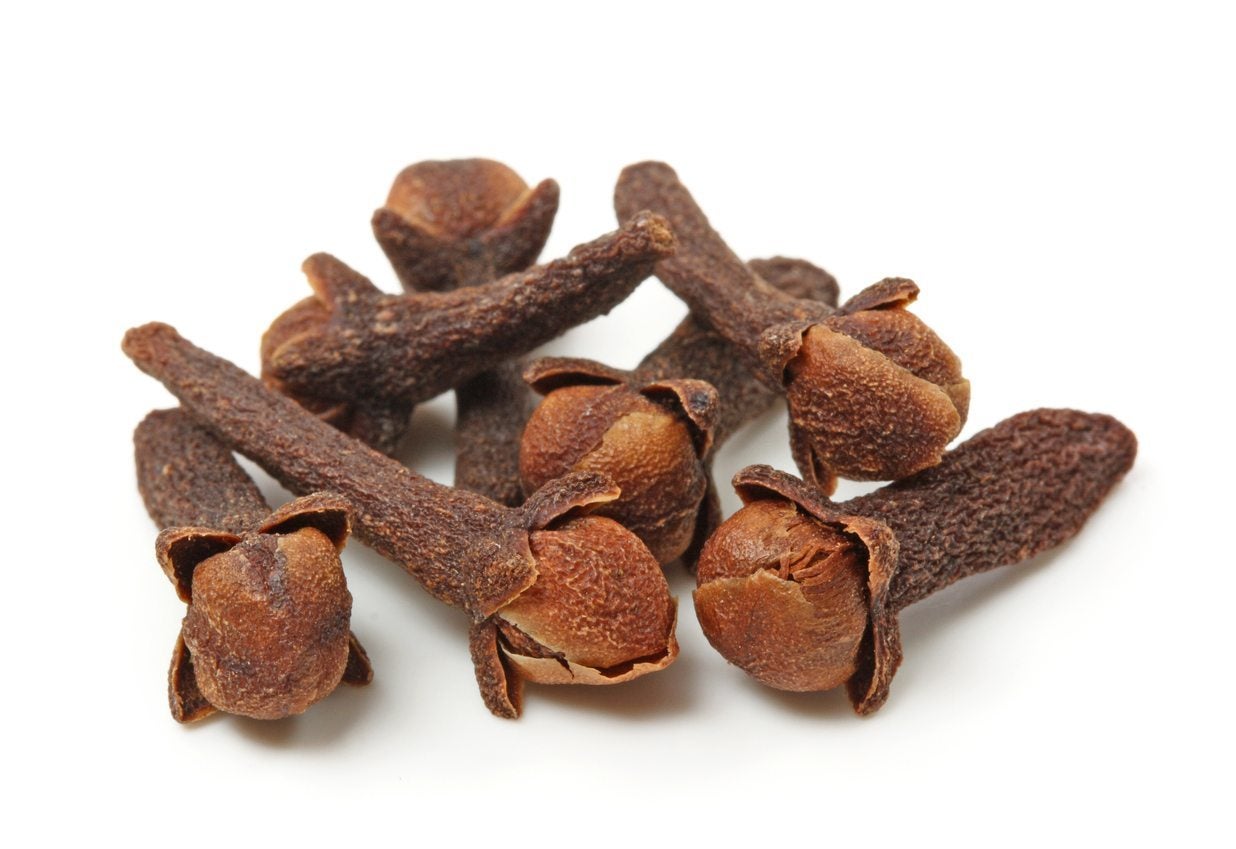 Clove Harvest Guide: Learn How To Harvest Cloves For Kitchen Use
Clove Harvest Guide: Learn How To Harvest Cloves For Kitchen UseThe cloves you use to flavor your dishes are the result of at least 6 years of growth on the part of the tree. Six years is the minimum time it takes the tree to flower. If you?re interested in learning more about the harvesting of cloves, this article will help.
By Amy Grant
-
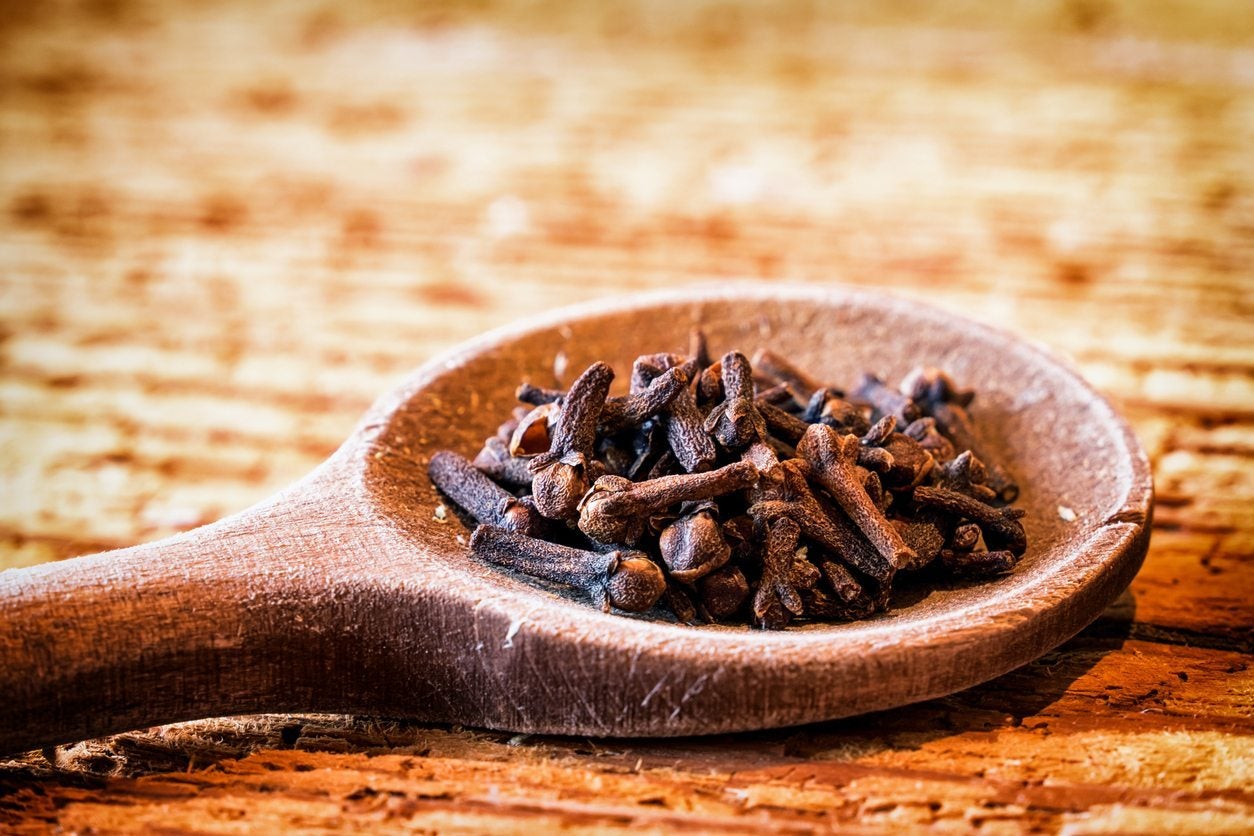 Common Uses For Cloves – How To Use Cloves From Your Garden
Common Uses For Cloves – How To Use Cloves From Your GardenIf you?re lucky enough to have a clove tree in your yard, you can harvest and use your own cooking and medicinal spice. Clove tree uses range from basic landscaping to actually harvesting and cooking with your cloves. Here are some ideas for what to do with your backyard cloves.
By Mary Ellen Ellis
-
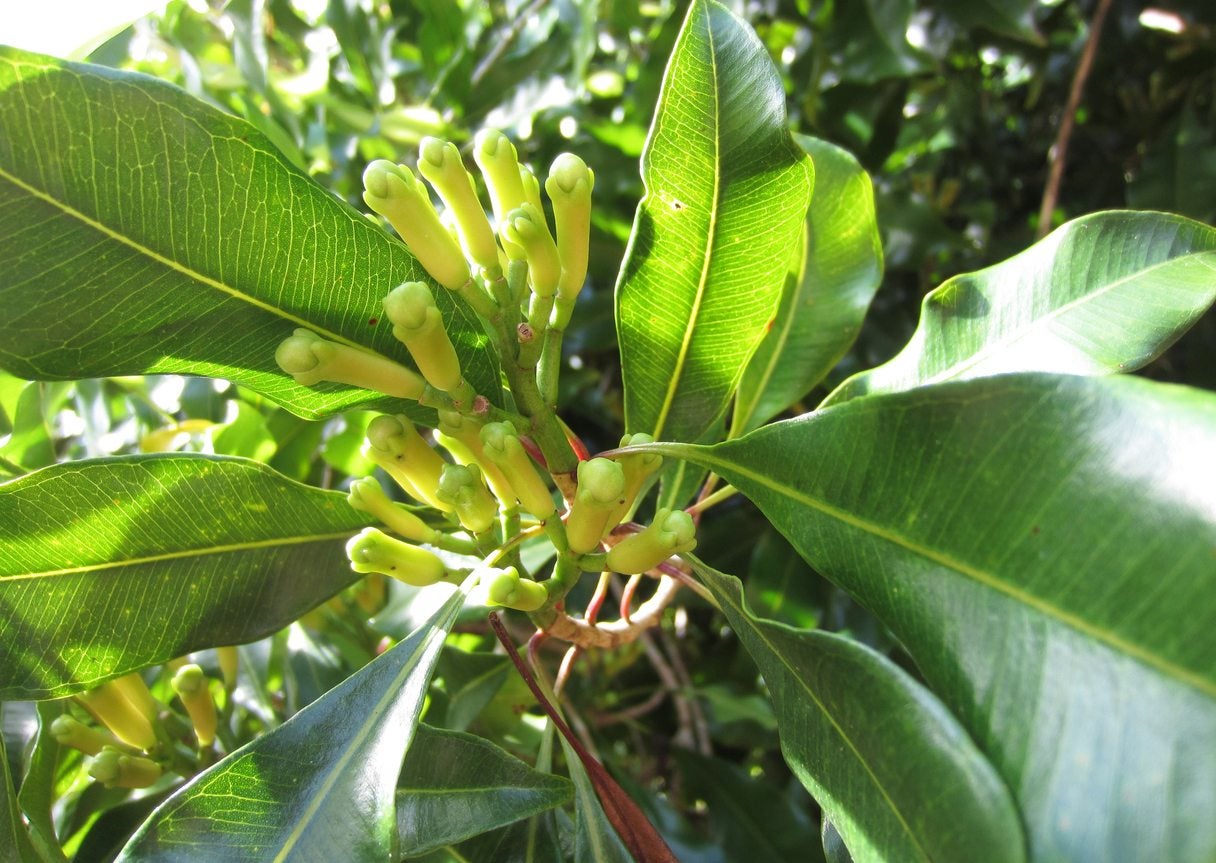 What Are Clove Tree Uses: Clove Tree Information And Growing Tips
What Are Clove Tree Uses: Clove Tree Information And Growing TipsClove trees produce the cloves you use to spice up your cooking. Can you grow a clove tree? According to clove tree information, it's not hard to grow these trees if you can provide ideal growing conditions. Learn what those are in this article.
By Teo Spengler